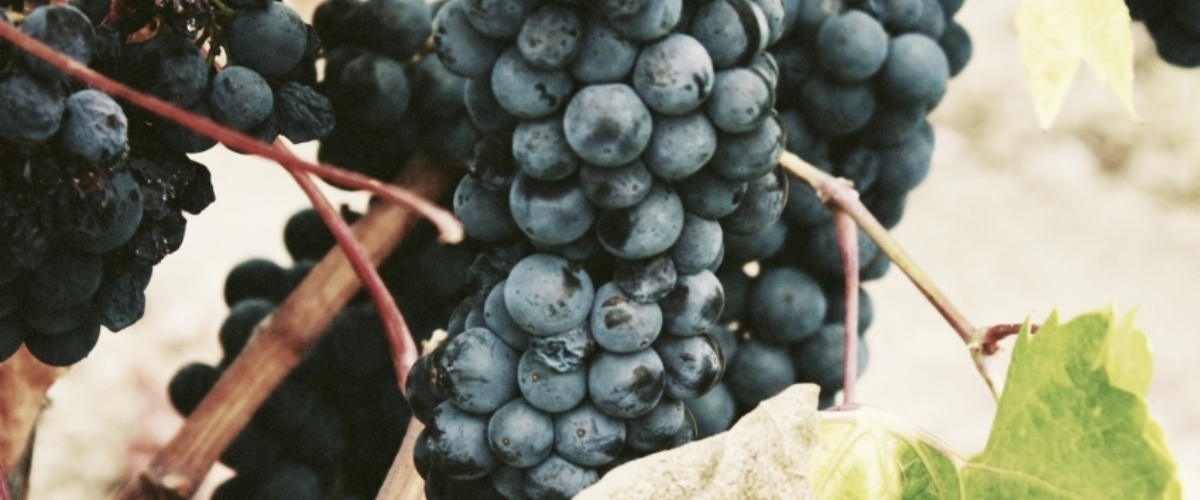
Eutypa Research Trial
MVGWTA has been a key collaborator on the SARDI 'Optimising Management of Eutypa Dieback' Project - investigating management strategies for eutypa dieback including pruning wound susceptibility, new pruning wound treatments, new diagnostic tools, and grapevine cultivars and rootstocks resistant or tolerant to trunk disease pathogens. MVGWTA has provided financial support, vineyard resources and technical input into this project.
Major achievements/findings from the project and benefits this research has provided to industry include:
Development of multi-species DNA primers for both ED and BD pathogens
- DNA primers have been validated and will be utilised to analyse spore trap tapes to determine the presence and, once fully developed, quantify the level of inoculum present.
- DNA primers could also provide industry with further diagnostic capability for GTDs.
Pruning wound susceptibility
- Wound susceptibility consistent from early to late during pruning season*
- Most susceptible period is first two weeks after pruning*
- Wound susceptibility during first two weeks similar for all cultivars evaluated
- Will provide industry with decision support for pruning activity
*Note: based on preliminary data, no recommendation as yet
Critical timing of wound protectant application
- Label registration approved for fluazinam (Emblem), and pending for tebuconazole and pyraclostrobin for ED
- Fungicides: fluazinam, tebuconazole and pyraclostrobin effective for control of ED and BD pathogens*
- Fungicides may reduce infection for up to 14 days after application*
- Fungicides may reduce infection when applied up to 6 days after pruning*
*Note: based on preliminary data, no recommendation as yet
Remedial surgery for rejuvenation of BD affected vineyards
- Remedial surgery provides short term control of BD symptoms
- Poor water shoot production on grafted vines may limit effectiveness of remedial surgery and top grafting may be required
Disease susceptibility of germplasm to ED and BD
- Visual trunk disease symptoms range from 0 to 100% in Vitis vinifera cultivars and clones, suggesting possible tolerance of infection by ED and/or BD pathogens
- Pathogen colonisation limited in some cultivars, although different cultivars appear to have tolerance to ED and BD pathogens
- Rootstock genotypes vary in susceptibility, providing potentially valuable information for breeding program
Impact of drought and water deficit
- Reduced water availability led to slower progression of ED, but less so for BD pathogens
- Rate of colonisation by ED and BD pathogens in scion canes varies on different rootstocks
- Interaction between rootstock and irrigation for ED suggests rootstocks cope with the soil water conditions differently, which may affect response to infection